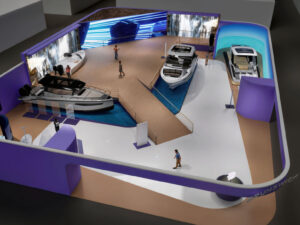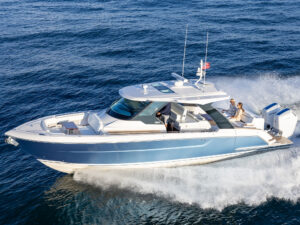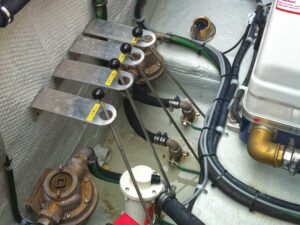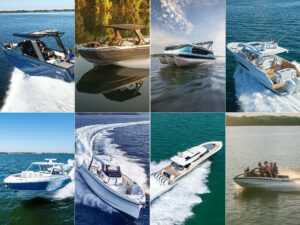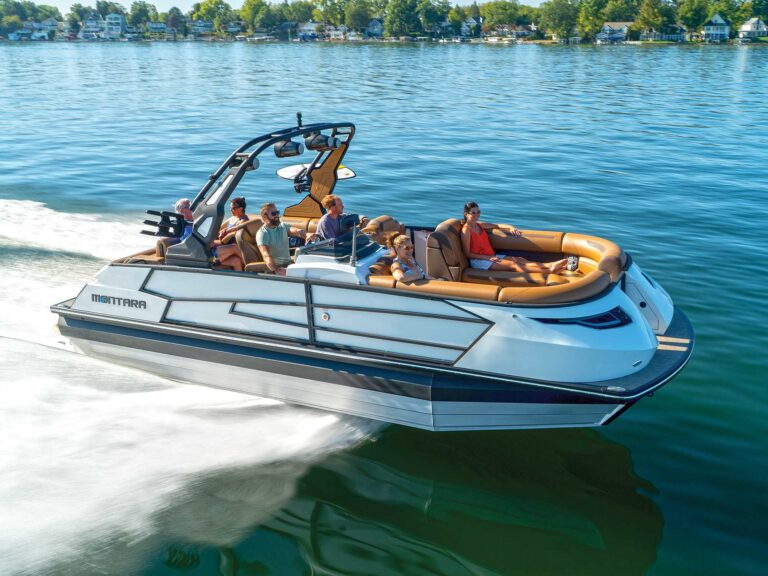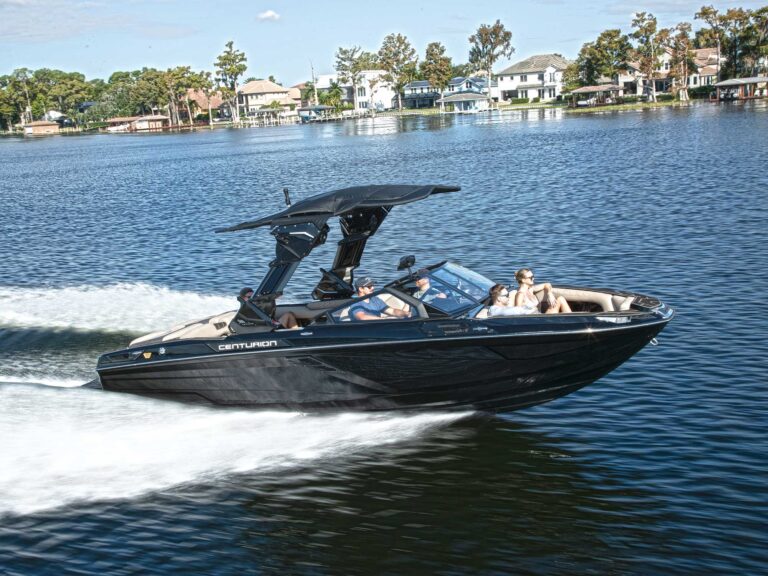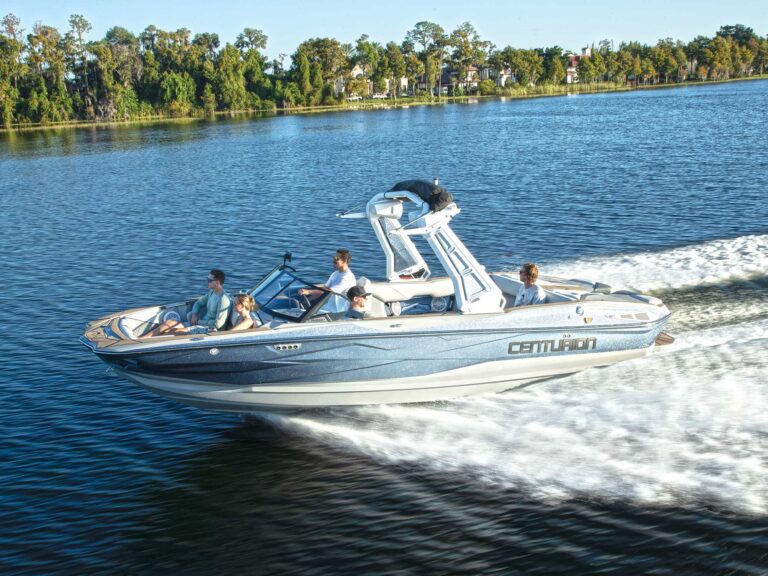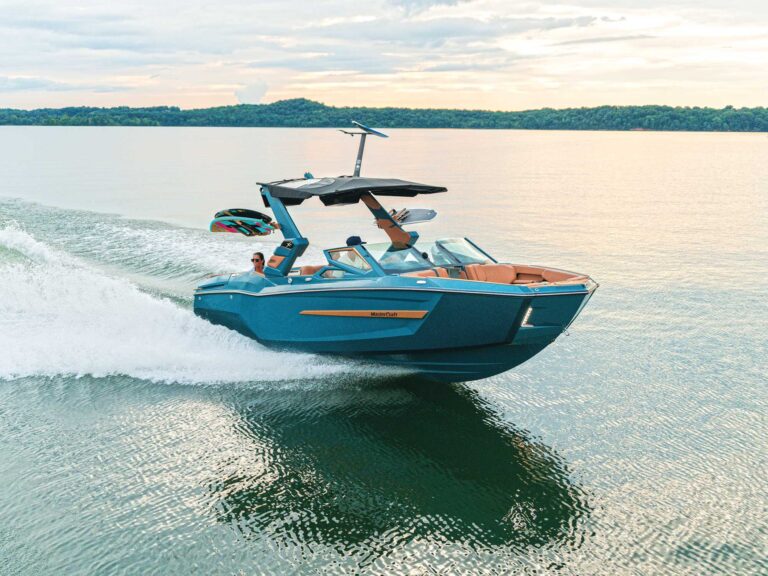
Electrical systems and batteries are responsible for triggering 52 percent of those blazes, fuel systems get 5 percent of the blame, and flammable items coming into contact with an overheated exhaust system accounts for another 20 percent. That means Class A fires (combustible materials that leave ash), Class B fires (flammable liquids) and Class C fires (electrical) are all possibilities in the engine room. The net result? Boats with engine rooms need a fixed, automatic fire-extinguishing system that can handle all three.
Size Matters
The volume of your engine room or engine compartment is what determines the size of the system you need. “Get more than the minimum, because the minimum is often not enough and more is always better,” says Bob Daley, a 26-year veteran captain (retired) of the Montgomery County Fire Rescue. Daley’s own boat is equipped with three times the required extinguishers.
To figure out what size system you need, measure the length, width and height of your engine room and calculate the cubic feet. Fixed systems are rated by cubic feet of coverage.
What’s Inside?
Fixed marine fire-extinguishing systems commonly contain HFC-227 or FM-200 fire suppressants, which are less environmentally harmful replacements for old-school Halon (which is no longer sold). A newer option is Novec 1230, a 3M product claimed to be even less impactful on the environment, which is stored in liquid form but discharged as a gas. All of these options are considered equally effective at squelching flames.
These systems trigger automatically via a temperature sensor, and many can also be triggered with a manual release. It’s important to remember, however, that if a fixed system triggers while underway, you need to react quickly to shut off engines, blowers, generators and other equipment, or they may need fresh oxygen to restart while expelling fire suppressant from the intake system.
Install It Right
Fixed fire-extinguishing systems are usually easy to install because they consist of just a few main components: the extinguisher cylinder (which usually includes the temperature-sensitive automatic trigger in its nozzle) and, when equipped with manual abilities, the manual discharge trigger and the cable connecting it to the cylinder. Here are some key installation details:
The nozzle and trigger should be positioned as close to the overhead, centerline, and as far away as possible from air intake vents and blowers. The cylinder must be securely mounted.
Engine, generator and ventilation-system automatic-relay shutdowns should be installed and are necessary on diesel boats in order to ensure ABYC compliance.

